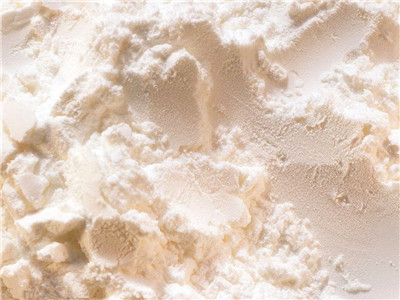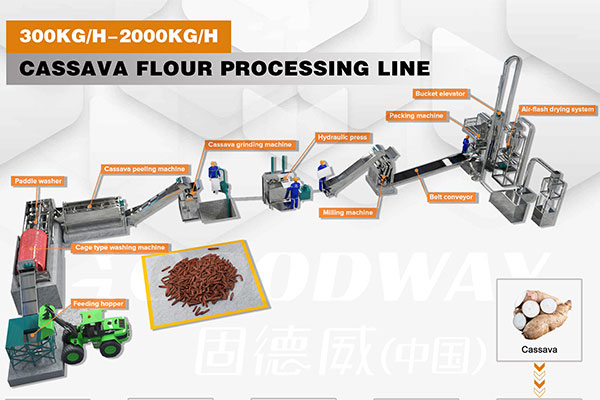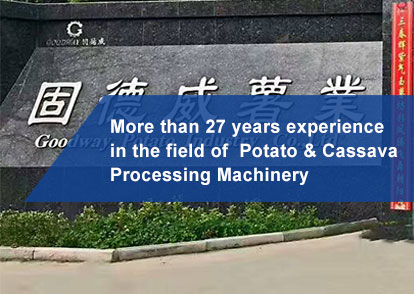In the realm of starch production, the dehydration process stands as a pivotal step. Before the starch slurry can be dried, it must undergo a thorough dehydration process to remove excess water, thus reducing the load on the drying equipment and conserving significant energy. This essential step lays the foundation for efficient and speedy drying.
The dehydration process we're discussing here specifically refers to the physical removal of water from concentrated and refined starch. This is typically achieved through gravity, mechanical force, and drying methods, allowing starch particles to separate from free water and reducing their moisture content for further drying.

Why Is Starch Dehydration Important?
Dehydrating refined starch slurry serves a dual purpose. Primarily, it eliminates surplus water, increasing the concentration of the starch slurry. Additionally, it fulfills the requirements for starch quality and satisfies the demands of drying processes, ultimately leading to better customer satisfaction.
Common Methods of Starch Dehydration
-
Gravity Dehydration: Commonly seen in traditional starch processing, gravity dehydration utilizes starch filter bags. While it's cost-effective and suitable for small-scale processors, it has several drawbacks, including labor-intensive operations, lengthy processing time, suboptimal production environments, and inconsistent starch quality.
-
Centrifugal Dehydration: This method, employing either a three-legged centrifuge or a horizontal screw centrifuge, is prevalent in semi-industrial operations. Centrifugal dehydrators can be classified into two categories: filter-type and sedimentation-type, each suitable for different particle sizes.
-
Filtration Dehydration: Vacuum washing and filtration dehydrators excel in industrialized continuous production. They utilize a constant-pressure cake layer bridge filtration principle, effectively separating starch, water, and air. Filtration methods can be further categorized based on the filtering force used, including gravity, vacuum, pressure, and centrifugation.
-
Pressure Filtration Dehydration: Box-type filter presses and presses are often used for coarse-grained materials. This method leverages a special filtering medium and applies pressure to the wet material, forcing liquid to seep out for effective solid-liquid separation. The filtration methods vary, including chamber, belt, diaphragm, and plate-and-frame.
Types of Filtration in Dehydration
The filtrate outflow in dehydration processes can be either open-flow or closed-flow. In open-flow filtration, the filtrate flows out directly from the nozzles under each filter plate. In closed-flow filtration, the filtrate from multiple filter plates is channeled through a common outlet connected to the rear plate.
At Goodway, we pride ourselves in offering state-of-the-art dewatering machines that cater to the varying needs of starch processors, from small-scale operations to large-scale industrial facilities. Our expertise in this field ensures that you get the most efficient and reliable starch dehydration solutions.

 EN
EN
 fr
fr  es
es  it
it  pt
pt 









